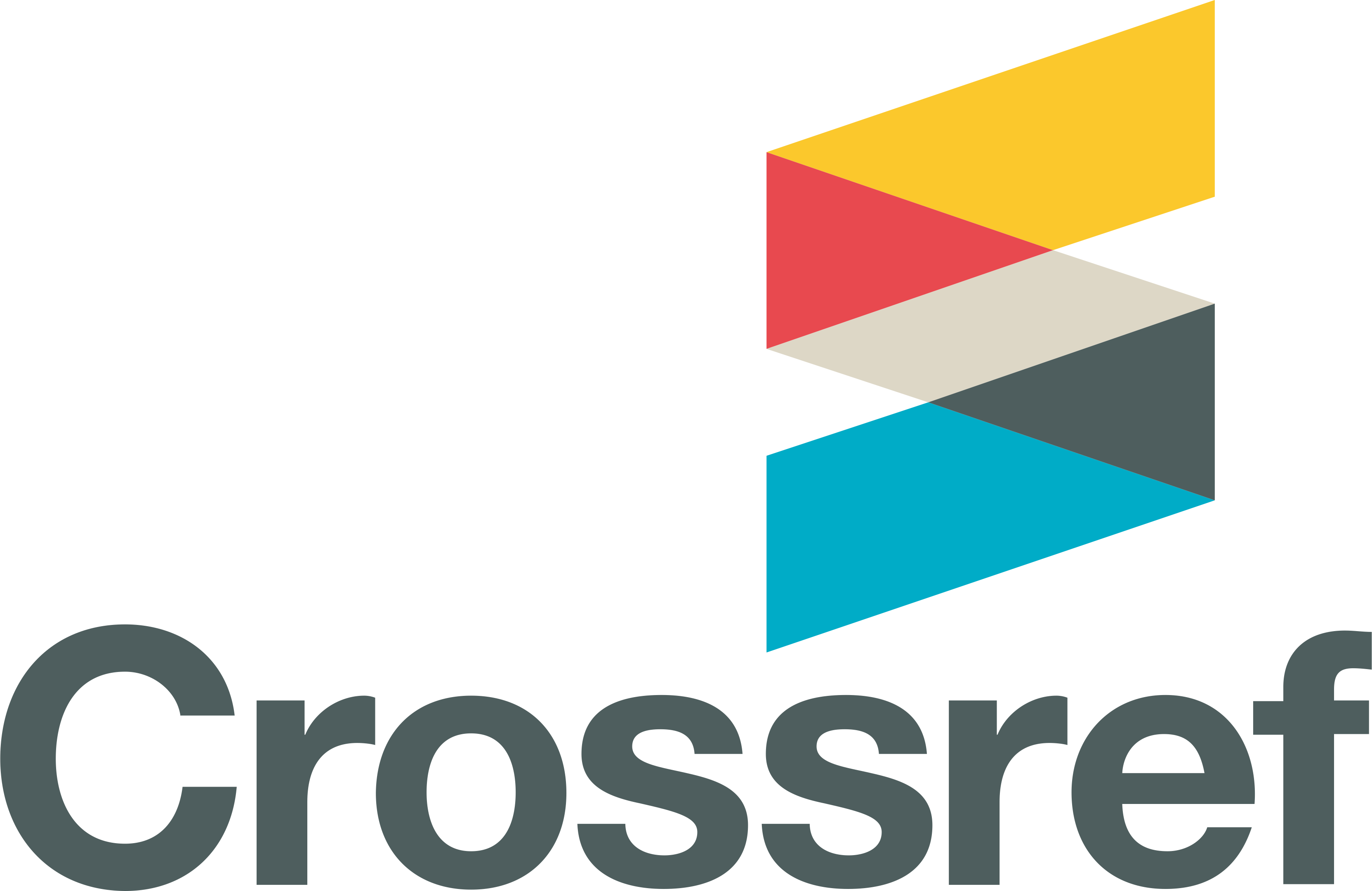Herpetofauna of forest fragments within the Agata Mining Ventures Incorporated (AMVI), Agusan del Norte, Caraga Region, Philippines
DOI:
https://doi.org/10.54610/jeseg.v5i2.79Keywords:
amphibians, monitoring, mining environment, reptiles, species-area relationshipAbstract
The Philippines holds an extraordinary record of amphibian and reptile diversity and endemism; however, factors like habitat loss and fragmentation that may result from activities related to resource extraction, such as mining, pose a significant threat to their conservation. This study examined the herpetofauna composition in select forest fragments within one of the important mining sites in Caraga, the Agata Mining Ventures Incorporated, between 2018 and 2021. Standardized time searches along the established two 2km transects in two sampling stations (Lawigan and Tinigabasan) were conducted to record reptiles and amphibians accounting for 880 man-hours. A total of 513 individuals representing 12 species of amphibians, and 17 species of reptiles were recorded in the area in both surveys. Of these species, 62% (n = 18 spp.) are Philippine endemic, 35% (n = 10 spp.) native, and 3% (n = 1 spp.) were invasive alien species. Overall, the Shannon-Weiner diversity index is high (H’=2.52) and varied significantly across survey periods (Mann-Whitney U test = 248.5, p=0.007). The species-area relationship analysis showed a strong positive correlation for total herpetofauna (R2 = 0.98), amphibians (R2 = 0.87), and reptiles (R2 = 0.99), and a significant correlation existed between reptiles and forest area (p = 0.05). The result suggests a strong reliance of herpetofaunal richness to forested area. Combined forest clearing and the effects of mining activities currently happening in the area might threaten these environment-sensitive taxa. Preserving these forest fragments within AMVI and allocating buffer zones is highly recommended. Periodic scientific field-based surveys and re-surveys, encompassing not only amphibians and reptiles but also various other species are recommended to monitor species distributions, population trends and impacts of on-going activities. These efforts aim to update data-driven sources supporting the mining area’s rehabilitation program, thereby contributing to societal and environmental benefits.
Downloads
Published
How to Cite
Issue
Section
License

This work is licensed under a Creative Commons Attribution-NonCommercial 4.0 International License.








